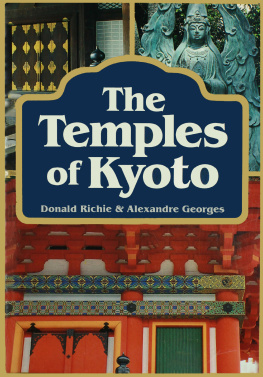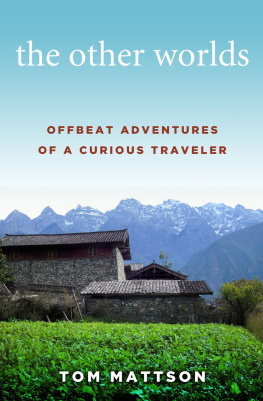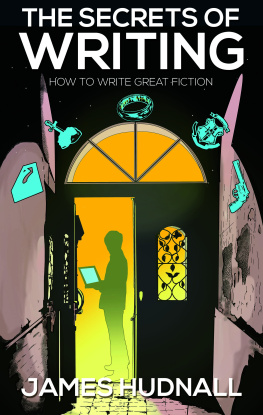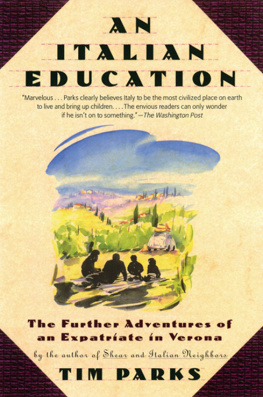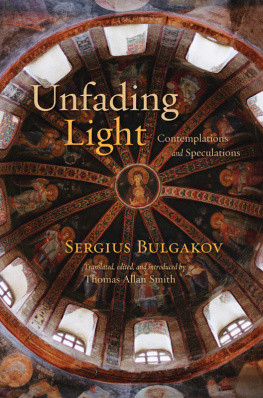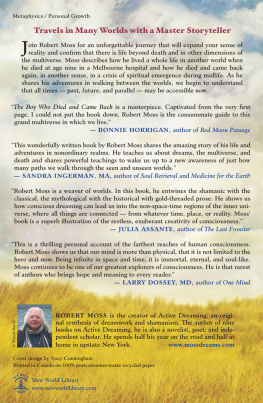Richie Donald - Travels in the East
Here you can read online Richie Donald - Travels in the East full text of the book (entire story) in english for free. Download pdf and epub, get meaning, cover and reviews about this ebook. City: New York,, year: 2012, publisher: Stone Bridge Press, genre: Art. Description of the work, (preface) as well as reviews are available. Best literature library LitArk.com created for fans of good reading and offers a wide selection of genres:
Romance novel
Science fiction
Adventure
Detective
Science
History
Home and family
Prose
Art
Politics
Computer
Non-fiction
Religion
Business
Children
Humor
Choose a favorite category and find really read worthwhile books. Enjoy immersion in the world of imagination, feel the emotions of the characters or learn something new for yourself, make an fascinating discovery.

- Book:Travels in the East
- Author:
- Publisher:Stone Bridge Press
- Genre:
- Year:2012
- City:New York,
- Rating:3 / 5
- Favourites:Add to favourites
- Your mark:
- 60
- 1
- 2
- 3
- 4
- 5
Travels in the East: summary, description and annotation
We offer to read an annotation, description, summary or preface (depends on what the author of the book "Travels in the East" wrote himself). If you haven't found the necessary information about the book — write in the comments, we will try to find it.
Abstract: Adventures and contemplations throughout the world by a master storyteller, critic, and expatriate writer
Travels in the East — read online for free the complete book (whole text) full work
Below is the text of the book, divided by pages. System saving the place of the last page read, allows you to conveniently read the book "Travels in the East" online for free, without having to search again every time where you left off. Put a bookmark, and you can go to the page where you finished reading at any time.
Font size:
Interval:
Bookmark:
A rectangle of fifteen stones set in white gravel, surrounded on three sides by a low wall, on the fourth by a viewing veranda, a green grove rising above the low wallthe stone garden of Kyotos Ryoan-ji, no larger than a backyard, possesses by its nature an inability to change.
The sun may shine or not, there may be rain or snow, the trees outside turn green, brown, black, the seasons pass, but the garden reveals no difference. It has its own time, its own season. It is immutable.
Like the ancient pyramids, it is always the same, but unlike the pyramids it does not proclaim this. Hidden away in a corner of a temple off in the suburbs of a city, it has the value of a whisper in a world of shouts. I enter the temple, turn a corner, walk along a corridor, and suddenly there it isprecisely as it was when I last saw it, just as seen when new.
That this should be consoling is an evaluation. Since the garden does not change and since its aspect is forever the same, it becomes something to be relied upon. It gives rest and peace and demands nothing. Friends die, empires fall, but it remains. You might see it in youth, in middle age, when oldand it would be the single sight that remained the same. You would have changed, but not it.
Your thoughts on the garden would have changed as well. At first, perhaps, you saw, like a child, black islands in a white sea. Later, adolescent, you would discover another explanationit is really a mother tiger and her young crossing a river. Later, more mature, you would see that the garden is not an anecdote.
I then thought of mathematics, astronomy, music, and the garden turned abstract, the living blueprint of a garden, a kind of happening in stones and gravel, meaningful only in its permanence. Then, now older, I look at the garden and wonder: Dont those rocks look like black islands in a white sea?
A few other things in life do not change, though ideas about them do. Mozart delights when young and saddens when old, but the music is the same. Beethoven cannot do this, because Beethoven is usually about something and Mozart rarely is. The Vatican, the Great Wall of China, Nikkothey are all about something, but the stone garden isnt. It has no priorities, no ambitions, no intentions, and, because it does not demand, it captivates.
It is enigmatic. There is no order in the fifteen stonesthey were put the way they are because they looked right that way. The stones and the white gravel are but tools that serve the idea of a garden made of them alone. They commemorate this extraordinary notion. The garden would be just as successful if the stones were in different positions, if the stones were white and the gravel black.
They are the remnants of an original vision. It is a remarkable onea stone garden is a contradiction in terms. But this is because it is what is left of a vision, and it thus demands attention.
I remember looking at the moon when I was 18. It was just before I was, for the first time, leaving the country where I had been born and, feeling this emotion, I looked at the full moon over that Atlantic beach and thought: I am seeing the moon, I am looking at it, I shall not forget what it looks like.
The sight of the moon is common. Once a month it seems full, and it is usually available someplace in the sky. Yet it is enigmatic. It appears to change and yet it is always the same. Our eyes are drawn to it. All over the world, at this very instant, people in wholly different countries are saying: Oh, look at the moon.
And from that ocean beach I looked into the future as well and imagined myself in different places, looking at the full moon, and remembering this first time. And I have indeed often stopped and looked: from the Acropolis, at a Chiang Mai wat, in darkened Dubrovnikeach time myself older.
Each time I thought back to the younger moon along the Atlantic, memories of these more exotic moons vanished. I thought: It hasnt changed. Ive changed and it hasnt. And it was with pleasure that I understood this.
This, the moon and a few other things give usDelphi, Mozarts string quartets, the stone garden. They offer the feeling of serenity that comes from the acceptance of inner change when presented with outer immutability, the pleasure that acknowledging transience gives, the quiet joy of knowing evanescence.
These things have the power to compel return. For one who has once been to Ryoan-ji, it is nearly impossible not to go once more. It is an imperative. It becomes necessary to go again to the gardento find out, as it were.
This should not be confused with pleasure. Visiting the garden for the first time is a pleasure, for it is extremely beautiful. At the same time it is disquieting, because one can find no reason for the beauty. Second, third, fourth visits occur. And they are replicas of the first. One brings only memories of former visits, one can bring nothing else. And the garden offers nothing at allit just stands there, eternal, unchanging, and, yes, beautiful.
There is, then, only one way to sit on the wooden veranda in front of this collection of stones and gravel. Sit there and remember the other times. And you achieve serenity. No, you achieve nothingserenity is forced upon you. Otherwise you leave.
In this way the unchanging garden gives knowledge of change. I feel it deeply, painfully. I cannot forget the other times, I must be aware of them and of myself, both then and now. Usually in life you may stifle this awareness. But here you cannot. You must wrestle and win and stay, or lose and go.
The garden cannot help being sterneven its beauty is austere. The style is consistent, though, and this means honesty. It must be trusted completely or not at all. No one can be half-involved with Ryoan-ji. It would be the same as being half-involved with yourself.
This stone garden is a moral object. It never answers questions, it onlylike a sphinxasks them. Consequently it attracts, and since we cannot know what it seems to be asking, we can only draw near, and visit it again and again.
This is sufficient. We cannot know what the garden is about, but we dimly, fleetingly understand what we are.
The Sacred Heights of Koya-san
Koya is a temple city atop a forested mountain in the Wakayama ranges south of Osaka. It is the original center of the Shingon sect of Buddhism, and still offers the willing pilgrim a religious experience.
The compound was established in 816 by the priest Kukai, who had studied in far China. When he returned he opened the first ecclesiastical school devoted to Shingon Mikkyo (Esoteric Buddhism), the Tantric religion that worships Dainichi Nyorai, the Japanese name for the being who predates the Shakyamuni Buddha himself.
The school flourished. Shingon spread, and Koya-san became a Lhasa-like place of pilgrimage. It still is, even though Koya-cho, the town center, now holdsin addition to its more than 120 templestour buses, coffee shops, and pachinko parlors.
There is Kongobu-ji, with its decorated doors illustrating scenes from Kukais life; the Konpon Daito, an enormous central pagoda, said to have been designed by Kukai himself; the Danjo Garden, where Kukai had his original school; and the beautifully simple Meido, Kukais residence, where he died while meditating.
He still meditates, now in the Gobyo, a mausoleum, deep in the surrounding forest. He was taken there, still in the cross-legged meditative position, and there he remains, say the faithful, awaiting the coming of the Buddha. He has a new name as well as a new address. His posthumous title is Kobo Daishi, and he is a Buddhist saint, known affectionately as Odaishi-sama by the faithful pilgrims.
One sees these everywhere at Koya-sansome one and a half million come yearly, many of them wearing white coats with dogyo ninin (two-person group) printed on them, signifying that each is making a pilgrimage accompanied by Odaishi -sama himself.
Font size:
Interval:
Bookmark:
Similar books «Travels in the East»
Look at similar books to Travels in the East. We have selected literature similar in name and meaning in the hope of providing readers with more options to find new, interesting, not yet read works.
Discussion, reviews of the book Travels in the East and just readers' own opinions. Leave your comments, write what you think about the work, its meaning or the main characters. Specify what exactly you liked and what you didn't like, and why you think so.

